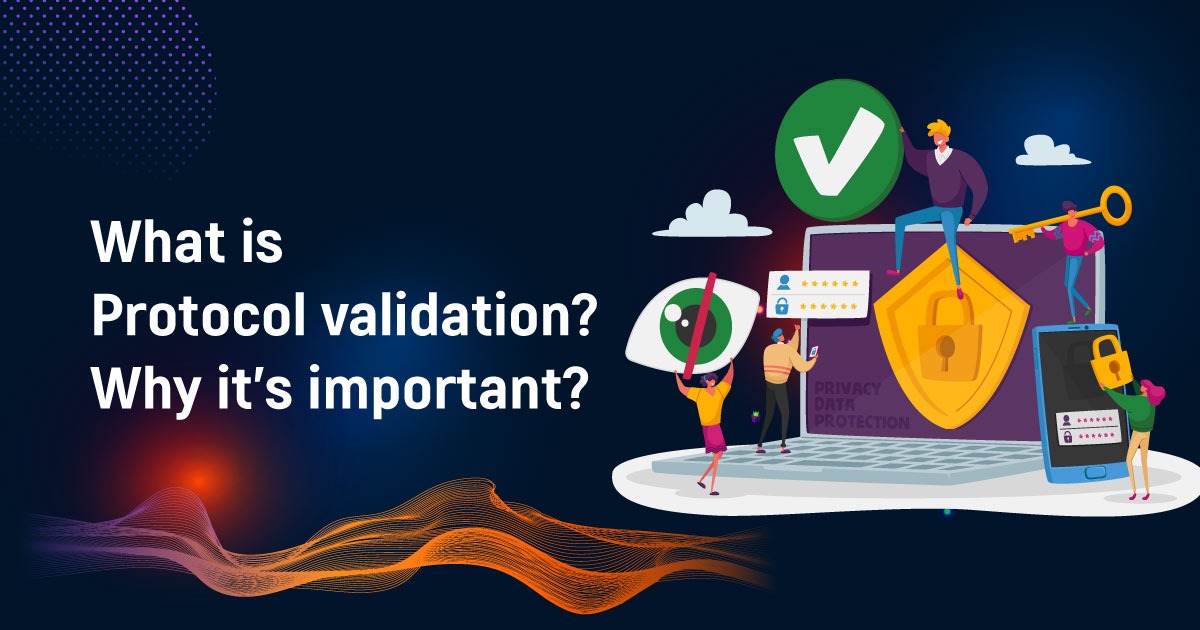Protocol validation is a critical aspect of cybersecurity that involves verifying whether network protocols adhere to industry standards and specifications. Network protocols are sets of rules and guidelines that govern communication between devices on a network. Cyber attackers can exploit vulnerabilities in network protocols to gain unauthorized access to a network, steal sensitive data, and compromise the security of an organization. Protocol validation helps ensure that network protocols are secure, reliable, and function as intended.
Importance of Protocol Validation in Cybersecurity
Protocol validation is critical for ensuring the security of data and preventing cyber attacks. Here are some reasons why:
Preventing Data Leakage:
Protocol validation helps to prevent data leakage by ensuring that all communication is secure and follows the correct protocols.
Ensuring Data Integrity:
Protocol validation helps to ensure the integrity of data by ensuring that it is transmitted without errors and in the correct format.
Preventing Cyber Attacks:
Protocol validation helps to prevent cyber attacks by ensuring that all communication is secure and trustworthy.
Maintaining Regulatory Compliance:
Protocol validation is often required for compliance with various regulations, such as HIPAA or PCI DSS.
What is Protocol Analysis?
Protocol analysis is an important technique in cybersecurity that involves examining network traffic to identify vulnerabilities and potential security threats. By analyzing the protocol of network traffic, security professionals can identify patterns and anomalies that may indicate an attack or breach attempt. Protocol analysis is especially important in detecting and preventing cyber attacks such as denial-of-service attacks and malware infections.
Protocol analysis involves capturing network packets and examining the content of each packet to understand the flow of data and the protocols used. By understanding the protocols, security professionals can identify vulnerabilities and weaknesses in the network infrastructure, which can then be addressed and remediated. Protocol analysis requires specialized tools and expertise, but it is a crucial part of maintaining the security of networks and systems in today’s digital world.
What is Protocol Fuzzing?

Protocol Fuzzing is a type of testing that involves sending unexpected or malformed data to a system or application to see how it responds. The goal of protocol fuzzing is to identify vulnerabilities in the system or application that could be exploited by cyber attackers. By sending unexpected data, the tester can identify weaknesses in the system’s handling of data and find potential entry points for attacks.
Protocol Fuzzing is an important part of cybersecurity testing because it helps identify vulnerabilities that might not be detected through other testing methods. However, it can also be time-consuming and resource-intensive, so it is important to prioritize testing based on the most critical systems and applications. Overall, protocol fuzzing is a powerful tool in cybersecurity, helping to identify vulnerabilities and protect systems against cyber attacks. Fuzzing tools such as Peach Fuzzer and AFL (American Fuzzy Lop) are commonly used to automate this process.
Conclusion
Protocol validation is a critical aspect of cybersecurity that helps ensure that network protocols are secure, reliable, and function as intended. By implementing protocol analysis, protocol fuzzing, and keeping network devices up to date, organizations can defend against potential vulnerabilities and minimize the risk of cyber attacks.












